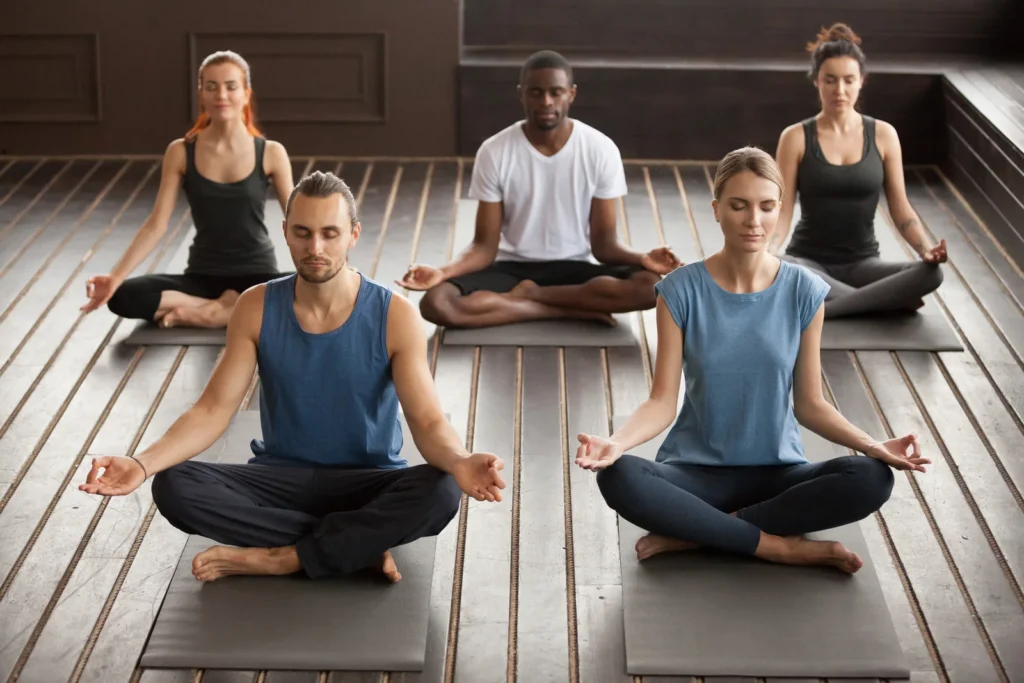
Vipassana Retreat: A 10-Day Journey into Mindfulness and Self-Discovery
Welcome to Wellness Warriors, your authoritative source for all things related to personal well-being and spiritual growth. In this comprehensive article, we’ll delve deep into the world of Vipassana meditation, exploring the intricacies of a 10-day retreat that has transformed countless lives across the globe. From the ancient roots of this powerful technique to the modern-day experiences of practitioners, we’ll cover everything you need to know about embarking on this profound journey of self-discovery.
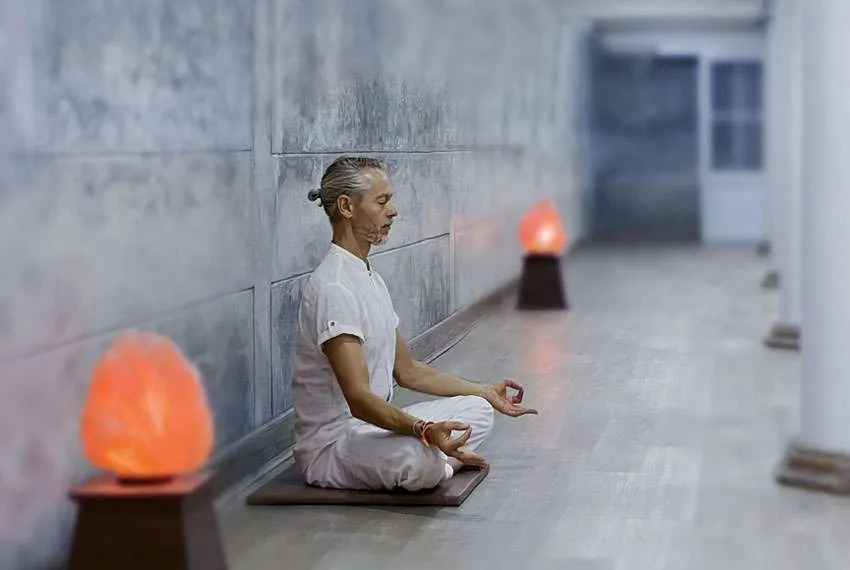
The Origins of Vipassana: India’s Most Ancient Techniques
Vipassana, which means “to see things as they really are” in Pali, is one of India’s most ancient techniques of meditation. Its origins can be traced back over 2,500 years to the time of Gautama Buddha. This non-sectarian technique was rediscovered by Buddha as a universal remedy for universal ills, a way of self-transformation through self-observation.
The practice of Vipassana was preserved in its pure form in Myanmar (formerly Burma) for more than two millennia. In the 20th century, it was reintroduced to India and other parts of the world by S.N. Goenka, a prominent teacher who learned the technique from his teacher, Sayagyi U Ba Khin.
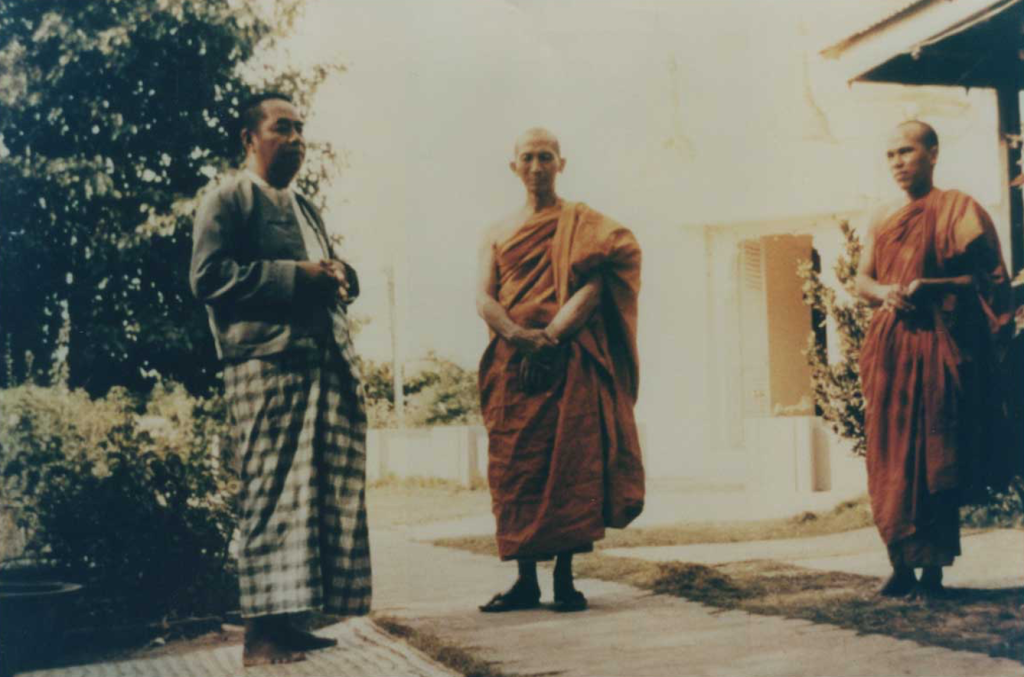
History of Vipassana: From Ancient Origins to Modern Applications
Ancient Origins in Buddhist Teachings Preservation and Transmission to Southeast Asia
Key Figures in the 19th and 20th Centuries :
✔ Ledi Sayadaw
✔ Sayagyi U Ba Khin
✔ S.N. Goenka and the Global Spread of Vipassana
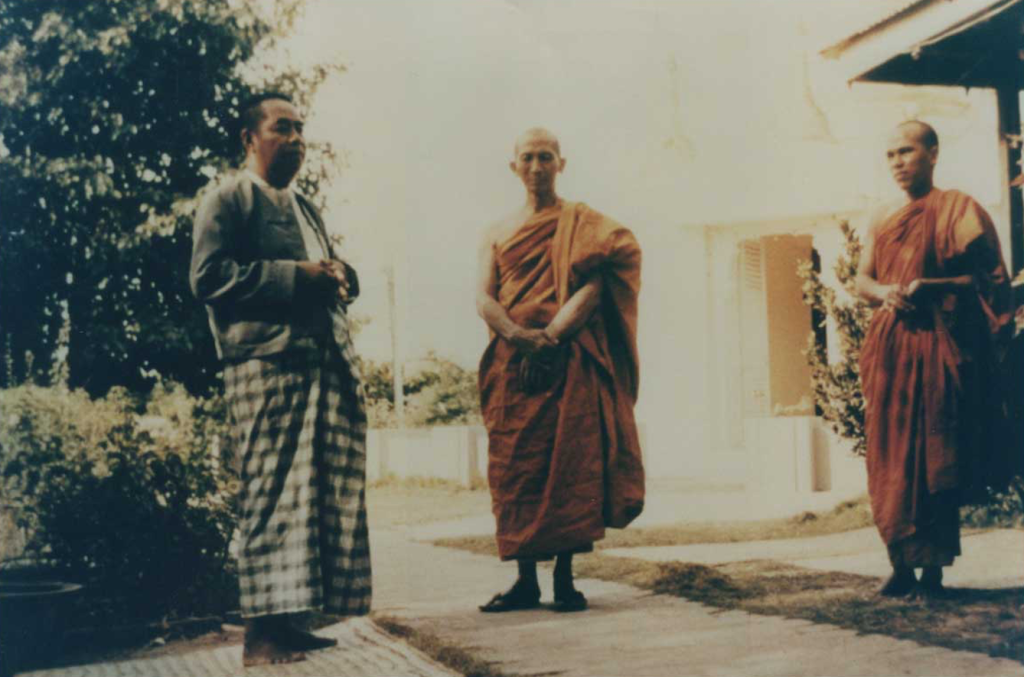
READ MORE: The Best Yoga Retreat in India 2025 Edition
Modern Scientific Studies and Applications
✔ Psychological Benefits
✔ Neuroscientific Insights
✔ Stress Management and Long-Term Benefits
✔ Applications in Modern Society

The 10-Day Vipassana Meditation Retreat: An Overview
A 10-day Vipassana retreat is an intensive, residential course where participants learn the fundamentals of the Vipassana technique. These retreats are held at dedicated Vipassana centers around the world, offering a structured environment conducive to deep meditation practice.
The Daily Schedule
The daily routine at a Vipassana retreat is rigorous and designed to maximize the benefits of the practice. A typical day begins early and includes:
- 4:00 AM: Wake-up call (often with an alarm clock)
- 4:30-6:30 AM: Morning meditation in the meditation hall or private room
- 6:30-8:00 AM: Breakfast break
- 8:00-11:00 AM: Group meditation sessions
- 11:00 AM-1:00 PM: Lunch and rest period
- 1:00-5:00 PM: Meditation sessions (alternating between group and individual practice)
- 5:00-6:00 PM: Tea break
- 6:00-7:00 PM: Group meditation
- 7:00-8:15 PM: Teacher’s discourse
- 8:15-9:00 PM: Final group meditation
- 9:30 PM: Lights out
This intense schedule amounts to about 10-11 hours of meditation practice each day, pushing participants out of their comfort zone and encouraging deep introspection.
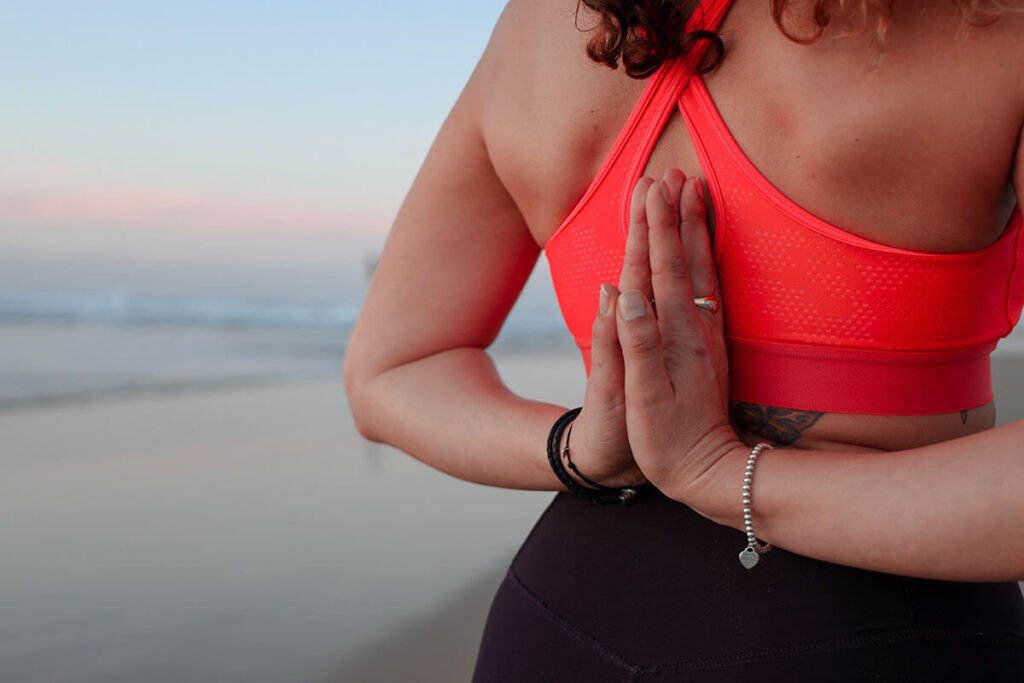
The Vipassana Technique: A Step-by-Step Guide
The Vipassana technique is taught progressively over the course of the 10-day retreat. Here’s a breakdown of the key components:
1. Anapana: Observing the Breath
The first three days are dedicated to Anapana meditation, which involves focusing on the breath. Participants are instructed to pay attention to the natural flow of breath, particularly the sensations around the nostrils and upper lip. This practice helps to sharpen concentration and prepare the mind for Vipassana.
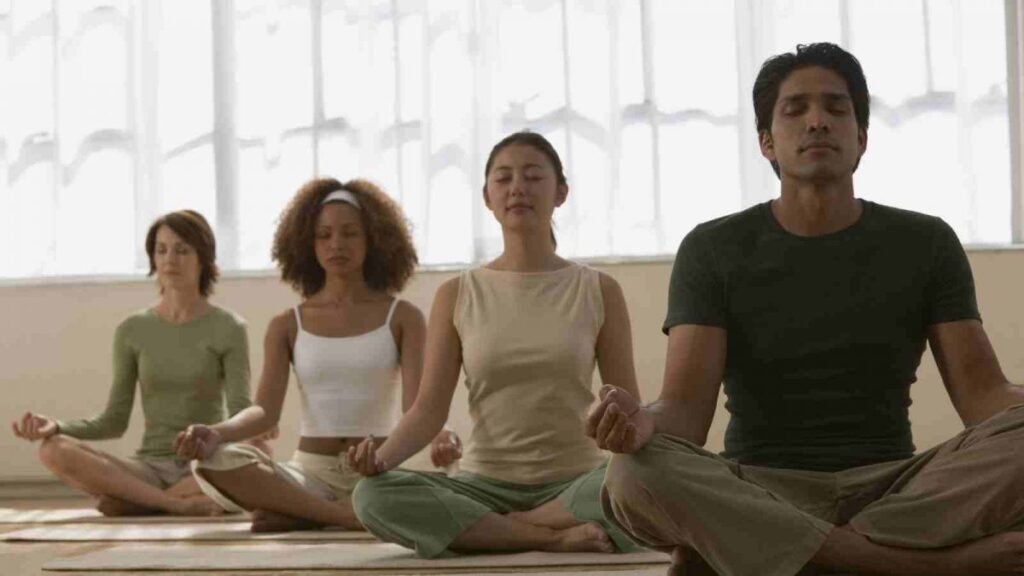
2. Vipassana: Body Scanning
From the fourth day onwards, students learn the actual Vipassana technique. This involves systematically scanning the body from head to toe, observing physical sensations without reacting to them. The goal is to develop equanimity and understand the impermanent nature of all sensations.

3. Metta Bhavana: Loving-Kindness Meditation
On the final day, participants learn Metta Bhavana, a practice of generating feelings of love and compassion for all beings.
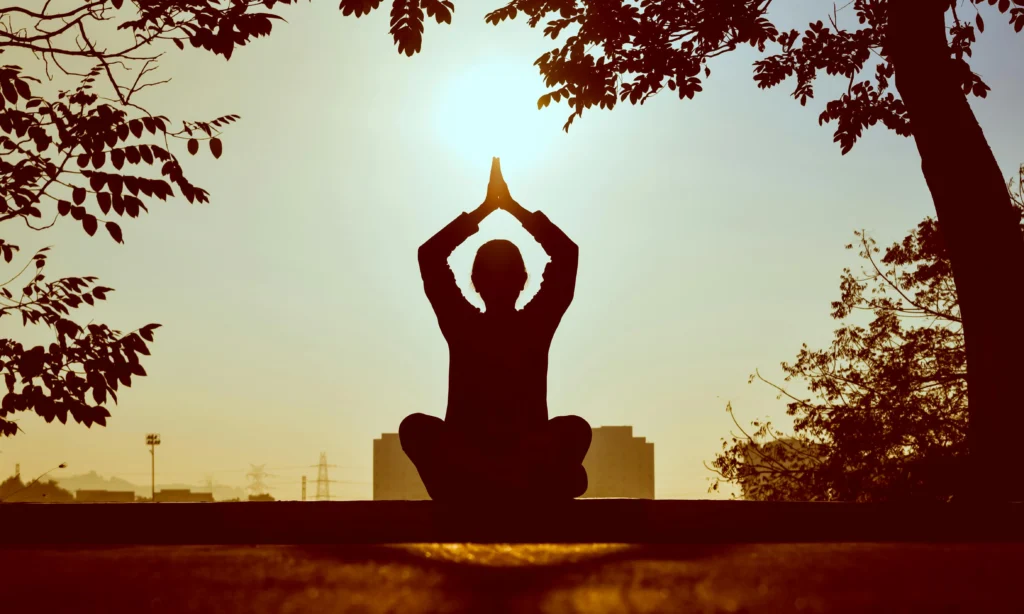
The Challenges of a Vipassana Retreat
Undertaking a 10-day Vipassana retreat is no small feat. Participants face numerous challenges throughout the course:
1. Noble Silence
One of the most daunting aspects for many first-time participants is the requirement to observe “Noble Silence.” This means refraining from all forms of communication – verbal, written, or even eye contact – with fellow meditators for the duration of the course. While challenging, this silence creates an environment of introspection and minimizes external distractions.
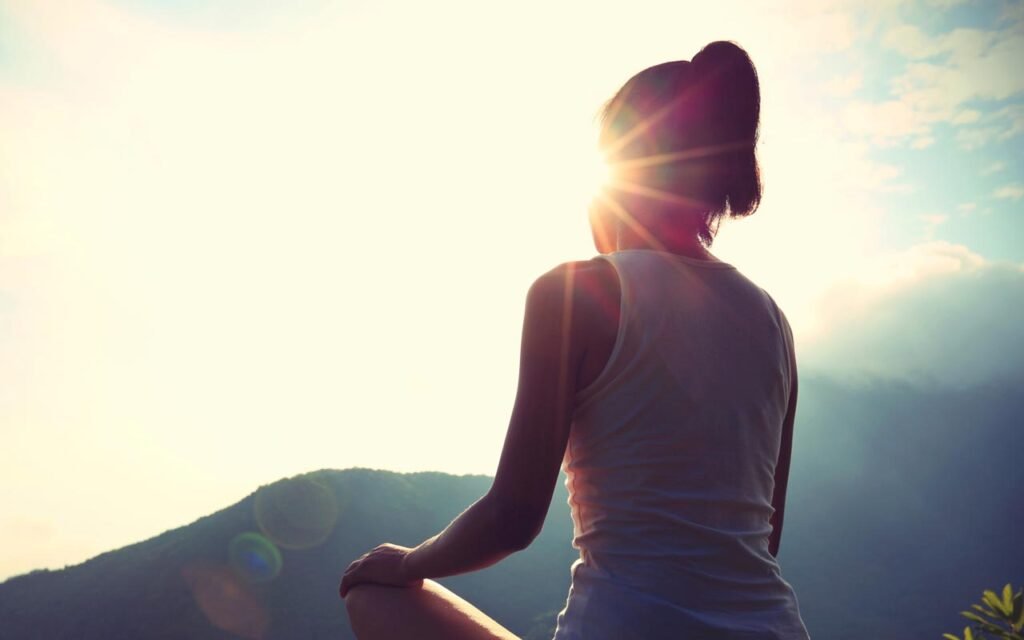
2. Physical Discomfort
Sitting for long periods can lead to physical pain, particularly in the back, knees, and hips. Many new students struggle with finding a comfortable posture and may experience intense discomfort during the long meditation sessions.
3. Mental Challenges
As the mind quiets down, suppressed thoughts and emotions often surface. Participants may experience a range of mental states, from boredom and restlessness to anxiety and deep-seated fears. Learning to observe these mental phenomena without reacting is a crucial part of the practice.
4. Strict Rules and Discipline
The retreat follows a strict code of discipline, which includes abstaining from:
✔ Killing any being
✔ Stealing
✔ Sexual misconduct
✔ Lying
✔ Intoxicants
Additionally, participants must surrender all electronic devices, reading materials, and writing implements upon arrival. This can be particularly challenging for those accustomed to constant connectivity in their daily lives.
The Benefits of Vipassana Meditation
Despite the challenges, many participants report profound benefits from their Vipassana experience:
1. Improved Mental Health
Regular Vipassana practice has been associated with reduced symptoms of anxiety and depression. A study published in the Journal of Clinical Psychology found that participants in a 10-day Vipassana course showed significant reductions in psychological distress and increased well-being.
2. Enhanced Self-Awareness
The intensive self-observation practiced during Vipassana can lead to deeper insights into one’s thought patterns and behaviors. Many practitioners report a greater ability to recognize and manage their emotional reactions in daily life.
3. Stress Reduction
The equanimity developed through Vipassana can help individuals better cope with stress. A study in the International Journal of Stress Management found that regular Vipassana practice was associated with lower levels of occupational stress and improved job satisfaction.
4. Pain Management
Some research suggests that Vipassana meditation may be beneficial for managing chronic pain. A study published in the Journal of Behavioral Medicine found that participants with chronic pain who completed a 10-day Vipassana course reported significant reductions in pain intensity and improved pain acceptance.
5. Increased Focus and Concentration
The concentration exercises practiced during Anapana meditation can lead to improved focus and attention in daily life. Many practitioners report enhanced productivity and cognitive function following a Vipassana retreat.

The Vipassana Experience: A Day-by-Day Account
To give you a more vivid picture of what to expect during a 10-day Vipassana retreat, let’s walk through a typical experience:
✔ Day 0: Arrival and Orientation
Upon arriving at the Vipassana center, new students are assigned a private room or dormitory space. After settling in, there’s an orientation session where the code of discipline is explained, and participants surrender their phones and other personal items.
✔ Day 1-3: Anapana Meditation
The first three days are dedicated to Anapana meditation. Many find this period challenging as the mind resists the attempt to focus solely on the breath. Physical discomfort may begin to set in as the body adjusts to long periods of sitting.
✔ Day 4-9: Vipassana Technique
From the fourth day, participants learn the Vipassana technique of body scanning. This is often described as the most intense part of the course. As one systematically observes sensations throughout the body, suppressed emotions and memories may surface. Many experience a range of physical sensations, from subtle tingling to intense pain.
✔ Day 10: Metta Bhavana and Breaking of Silence
On the tenth day, participants learn the practice of Metta Bhavana. The Noble Silence is lifted, allowing students to begin speaking with each other. This day often brings a mix of joy and apprehension as participants prepare to re-enter the outside world.
✔ Day 11: Departure
The course concludes on the morning of the eleventh day. Participants have a chance to discuss their experiences with each other and the assistant teachers before departing.

S.N. Goenka: The Man Who Brought Vipassana to the World
Satya Narayan Goenka, widely known as S.N. Goenka, was a pivotal figure in the global spread of Vipassana meditation. His life journey from a successful businessman to a renowned meditation teacher is a testament to the transformative power of this ancient practice. This article explores Goenka’s life, his introduction to Vipassana, and the profound impact he had on modern meditation practices and mindfulness movements worldwide.
Early Life and Business Career
Born on January 30, 1924, in Mandalay, Burma (now Myanmar), S.N. Goenka grew up in a wealthy Indian family of the Marwari ethnic group. His early years were shaped by a conservative Hindu upbringing, with his grandfather, Dhanya Baba, instilling in him a deep respect for spiritual traditions. At the young age of 16, Goenka joined his family’s textile business, quickly demonstrating his acumen for commerce.
By the age of 31, he had established himself as one of Burma’s most distinguished businessmen. Despite his professional success, Goenka’s personal life was marked by significant challenges. He struggled with severe migraines and mental tension, which led to a dependency on morphine. His temperament was characterized by bouts of anger and a strong ego, issues that he would later reflect upon as major obstacles in his early years.
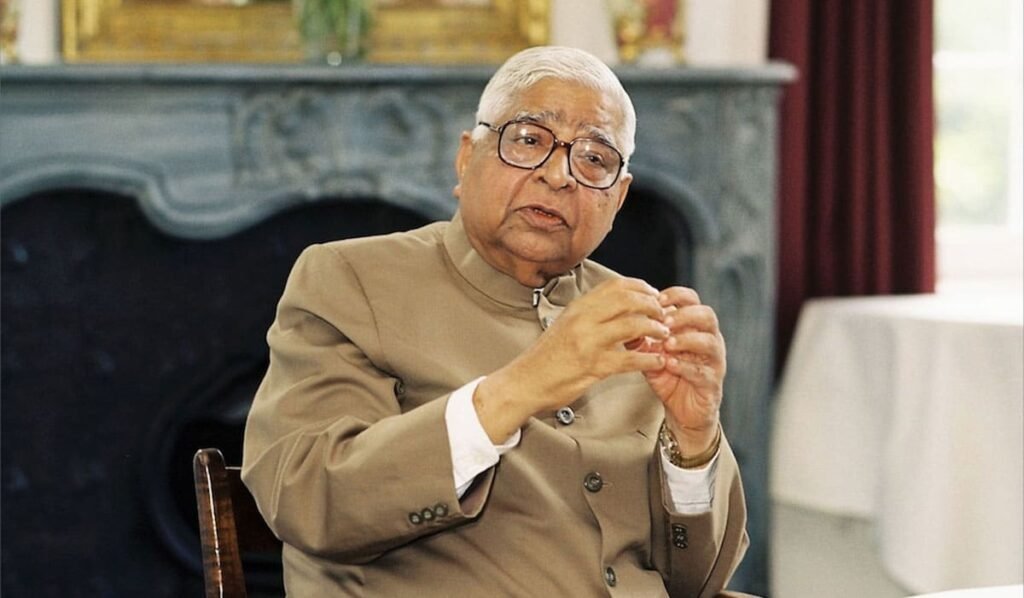
Introduction to Vipassana Meditation
The turning point in Goenka’s life came in 1955 when, seeking relief from his debilitating migraines, he was introduced to Vipassana meditation by a friend. This introduction led him to Sayagyi U Ba Khin, a renowned Vipassana teacher in Burma . Initially, U Ba Khin was hesitant to accept Goenka as a student, given that his primary motivation was to cure his physical ailments rather than seeking mental peace.
However, Goenka’s persistence paid off, and he was eventually allowed to attend a 10-day Vipassana course.This experience proved to be life-changing for Goenka. Not only did he find relief from his migraines, but he also experienced a significant reduction in his anger and ego . Recognizing the profound impact of the practice,
Goenka continued to study under U Ba Khin for the next 14 years, deepening his understanding and practice of Vipassana meditation.
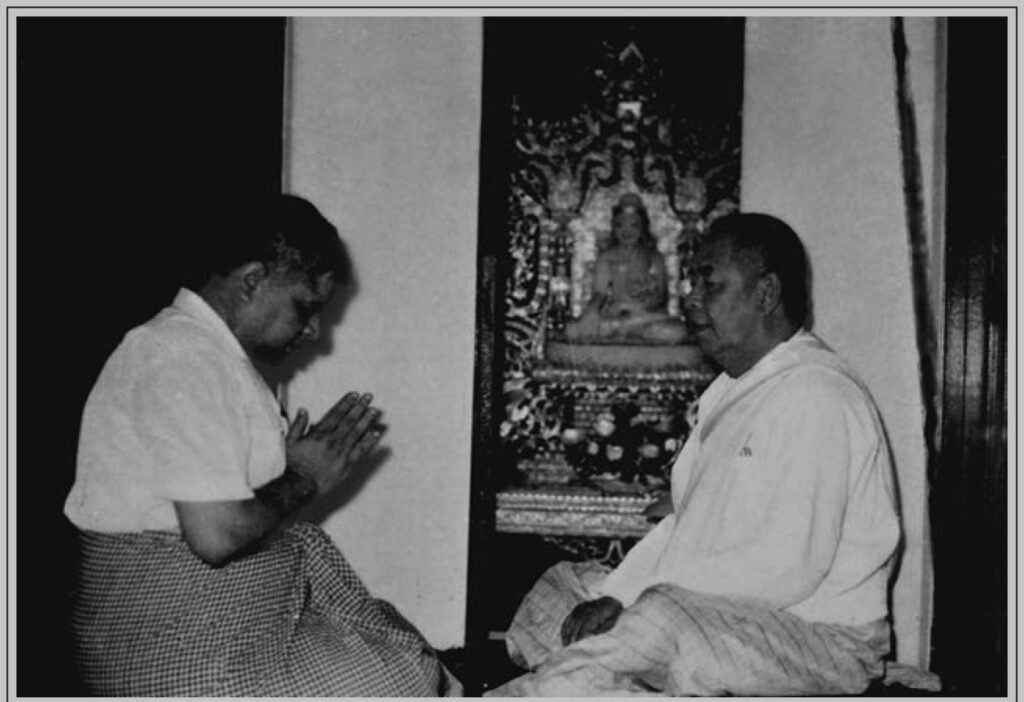
Transition to Teaching and Global Spread
In 1969, U Ba Khin authorized Goenka to teach Vipassana, marking the beginning of his journey as a meditation teacher . That same year, Goenka moved to India, where he began conducting Vipassana courses, starting with a 10-day retreat in Mumbai. This move was significant, as it marked the return of Vipassana to its land of origin after nearly two millennia.
Goenka’s approach to teaching Vipassana was characterized by its accessibility and universality. He emphasized that Vipassana was not a religious practice but a universal path to liberation, open to people of all faiths or no faith. This non-sectarian approach made Vipassana appealing to a global audience, particularly in the West, where it resonated with the rational and scientific mindset.
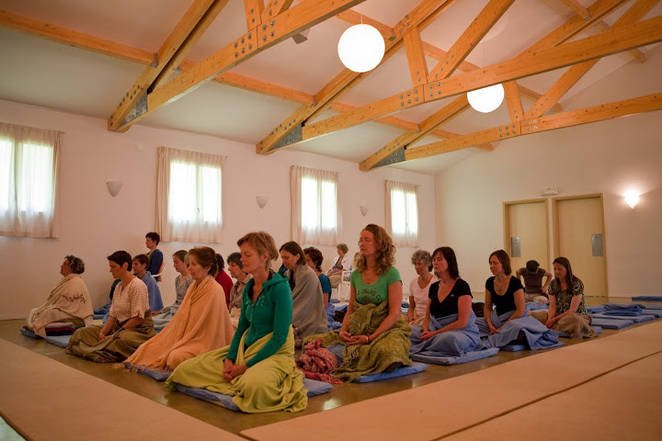
The core of Goenka’s teaching method involved 10-day residential retreats where participants adhered to a strict code of discipline, including observing noble silence and abstaining from any form of communication. The courses began with the practice of Anapana, focusing on the breath to develop concentration, and then progressed to Vipassana, where practitioners systematically observed sensations throughout the body.
Global Impact and Legacy
Goenka’s efforts to spread Vipassana globally were marked by the establishment of numerous meditation centers and the training of thousands of teachers. By the early
1980s, he began accepting and instructing Westerners, which significantly contributed to the practice’s popularity outside Asia.
Today, the Goenka organization operates nearly two hundred full-time meditation centers in at least thirty-five countries, offering 10-day courses in various languages.One of Goenka’s most significant contributions was the secularization of meditation practices. By presenting Vipassana as a scientific and rational technique, he helped dissociate meditation from its religious roots, making it more accessible to a secular audience.
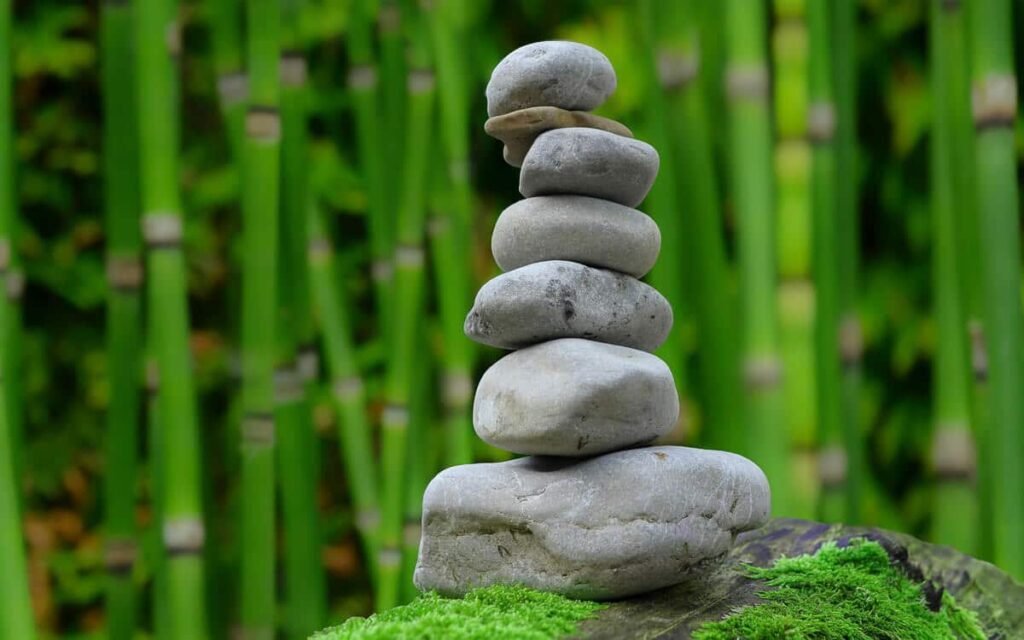
This approach has been instrumental in integrating meditation into mainstream culture, where it is now widely practiced for its mental and physical health benefits. Goenka’s teachings have had a profound impact on the modern mindfulness movement. His emphasis on mindfulness and self-observation has influenced many Western meditation teachers and practitioners, contributing to the development of mindfulness-based stress reduction (MBSR) and other mindfulness-based interventions.
These practices have become integral to modern therapeutic and wellness programs, promoting mental health and well-being.Throughout his life, Goenka trained over 1,300 assistant teachers and conducted courses in more than 90 countries. His message of inner peace as a prerequisite for world peace was shared at prestigious forums, including the Millennium World Peace Summit at the United Nations in 2000 .S.N. Goenka passed away on September 29, 2013, leaving behind a legacy that continues to influence countless individuals seeking mental clarity and peace through Vipassana meditation.
His vision of making Vipassana accessible to people worldwide has been realized through the network of meditation centers he established and the thousands of teachers he trained.
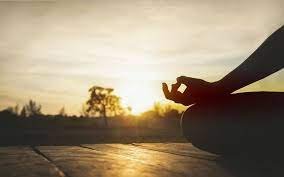
S.N. Goenka’s life journey from a successful businessman plagued by physical and emotional challenges to a globally respected meditation teacher is a powerful testament to the transformative potential of Vipassana meditation. His
non-sectarian, scientific approach to teaching this ancient technique has made it accessible to millions worldwide, transcending cultural and religious boundaries.
Goenka’s legacy extends far beyond the Vipassana centers he established. His work has significantly contributed to the global mindfulness movement, influencing modern therapeutic practices and promoting mental well-being. As the world continues to grapple with stress, anxiety, and the search for inner peace, Goenka’s teachings remain as relevant and impactful as ever, offering a path to self-discovery and liberation for people from all walks of life.
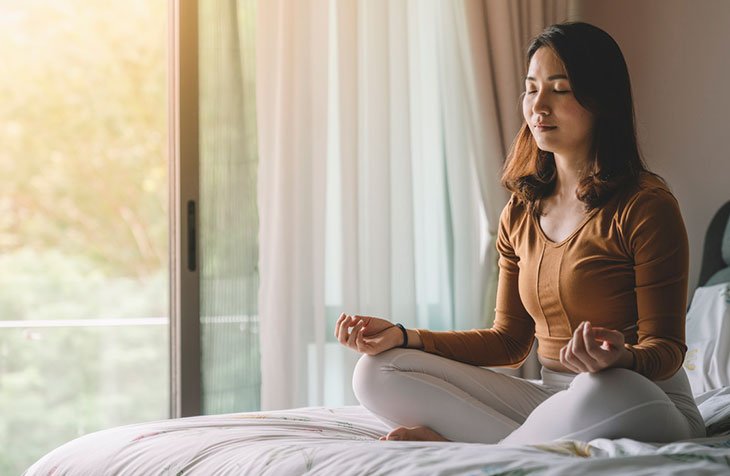
Vipassana Centers Around the World
Today, there are hundreds of Vipassana centers worldwide, all operating on a donation basis. Some notable centers include:
1. Dhamma Giri in Igatpuri, India – The main center established by S.N. Goenka
2. Dhamma Malaya in Malaysia – One of the largest Vipassana centers in Southeast Asia
3. Dhamma Surabhi in Kyoto, Japan – A serene center nestled in the Japanese countryside
4. Dhamma Pataka in South Africa – The first Vipassana center in Africa
5. Dhamma Sukhakari in Massachusetts, USA – One of the oldest centers in North America
These centers offer courses throughout the year, with separate facilities for men and women to ensure a focused and respectful environment.
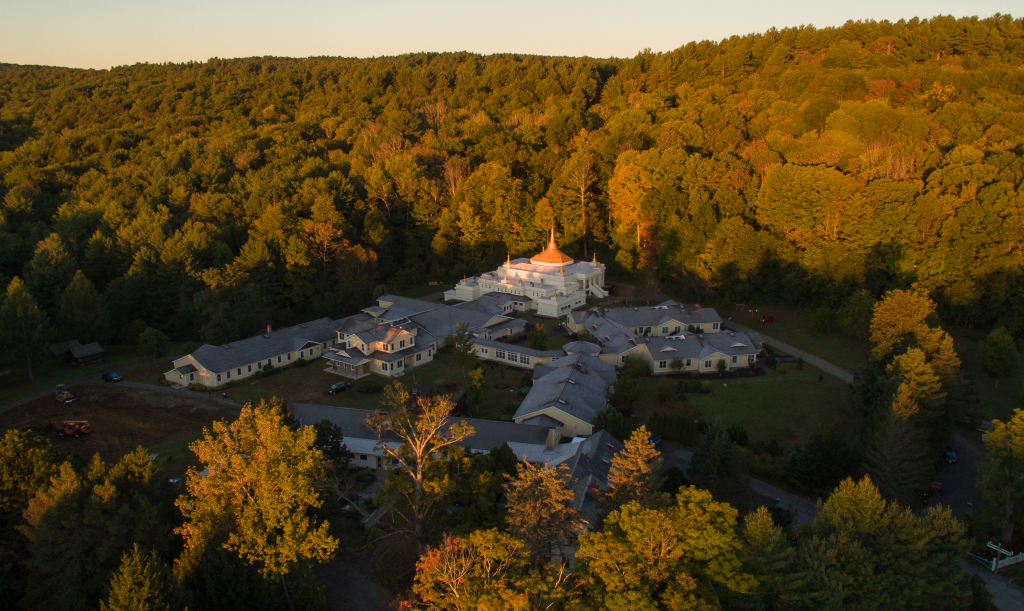
Integrating Vipassana into Daily Life
While a 10-day retreat provides an intensive introduction to Vipassana, the real challenge lies in integrating the practice into daily life. Here are some tips for maintaining a regular Vipassana practice:
1. Set aside time each day for meditation, ideally two one-hour sessions (morning and evening).
2. Create a dedicated meditation space in your home.
3. Attend group sittings with other Vipassana meditators in your area.
4. Participate in shorter courses (1-3 days) to reinforce your practice.
5. Apply the principles of equanimity and self-observation in your daily interactions.
Many practitioners find that regular Vipassana practice leads to significant improvements in their relationships, work performance, and overall sense of well-being.

Vipassana vs. Other Meditation Techniques
While Vipassana shares some similarities with other forms of meditation, it has several unique characteristics:
1. Non-sectarian approach: Vipassana is taught as a universal, scientific technique, free from religious dogma.
2. Emphasis on direct experience: Unlike some practices that involve visualization or mantra repetition, Vipassana focuses on observing actual physical sensations.
3. Intensive retreat format: The 10-day course provides a uniquely immersive experience.
4. No charge for courses: All Vipassana courses are run solely on a donation basis.
Compared to practices like Transcendental Meditation or mindfulness meditation, Vipassana tends to be more intensive and requires a greater initial time commitment. However, many practitioners find that this intensity leads to deeper insights and more lasting changes.

Why a Vipassana 10 Days Retreat is so Hard ?
1. Rigorous Schedule and Structure
The 10-day Vipassana retreat follows an extremely demanding schedule that contrasts sharply with most participants’ normal lifestyles. The day typically begins at 4:00 AM and ends at 9:00 PM, with approximately 10-11 hours dedicated to meditation practice.
This intense schedule requires participants to:
✔ Wake up much earlier than usual (4:00 AM)
✔ Engage in prolonged periods of meditation (up to 12 hours daily)
✔ Adhere to a strict timetable with minimal free time
The stark difference between this regimented routine and participants’ usual daily lives can be physically and mentally taxing, especially for those unaccustomed to such discipline.
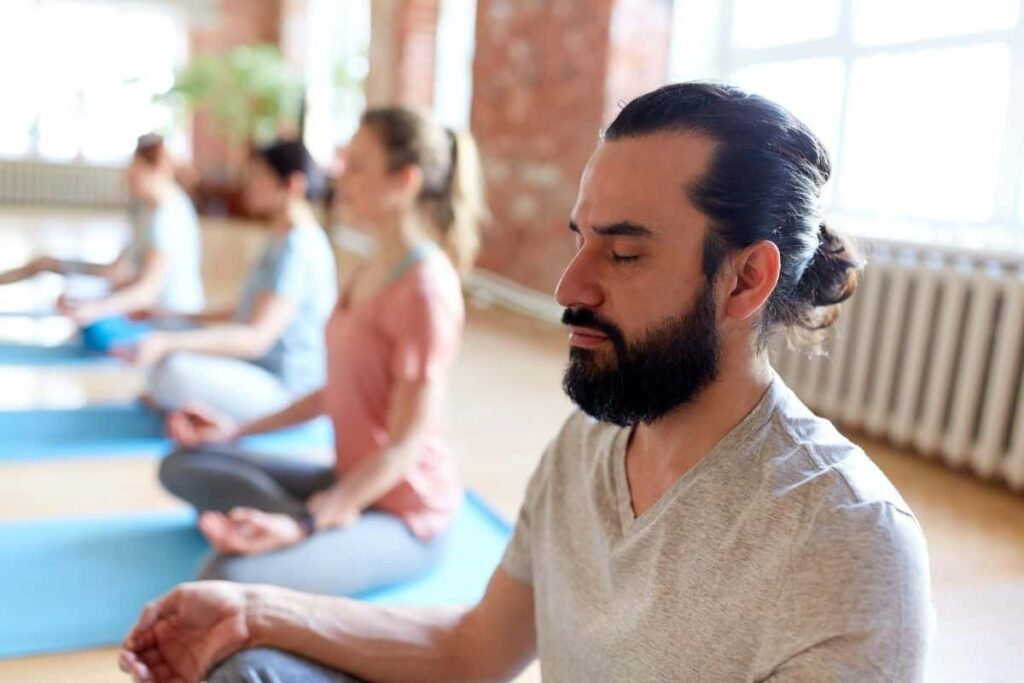
2. Physical Challenges
The retreat’s structure imposes significant physical demands on participants:
Prolonged Sitting: Extended periods of sitting meditation can lead to physical discomfort, including back pain, knee pain, and general bodily discomfort.
✔ Limited Physical Activity: Restrictions on movement and exercise can result in stiffness and physical fatigue.
✔ Sleep Deprivation: Early wake-up times and intense daily schedules can disrupt normal sleep patterns, leading to exhaustion.
✔ Dietary Adjustments: Simple vegetarian meals and changes in eating schedules can cause digestive issues or hunger for some participants.
These physical challenges can be particularly difficult for individuals not accustomed to long periods of stillness or those with pre-existing physical conditions.
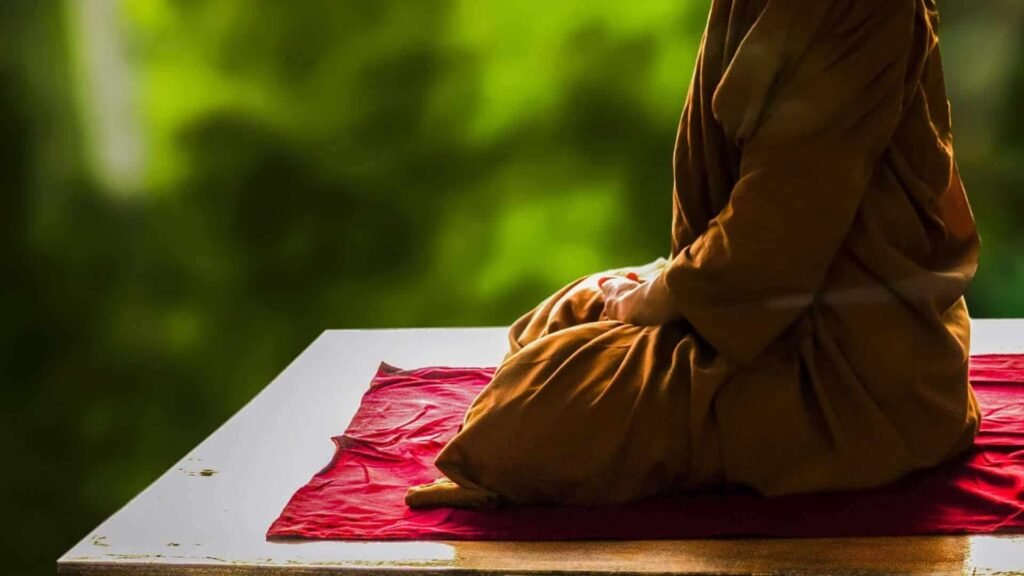
3. Mental and Emotional Difficulties
The retreat environment and practice can trigger intense mental and emotional experiences:
✔ Overwhelming Thoughts: Participants often report experiencing a flood of thoughts, including distressing or overwhelming ones.
✔ Emotional Instability: The practice can bring suppressed emotions to the surface, leading to emotional volatility.
✔ Confusion and Disorientation: The lack of external stimuli and focus on internal experiences can be disorienting for many.
✔ Hallucinations and Delusions: In rare cases, particularly for those with pre-existing mental health conditions, the intense focus and isolation can lead to hallucinations or delusions .
The requirement to observe these mental and emotional states without reacting adds another layer of difficulty to the experience.
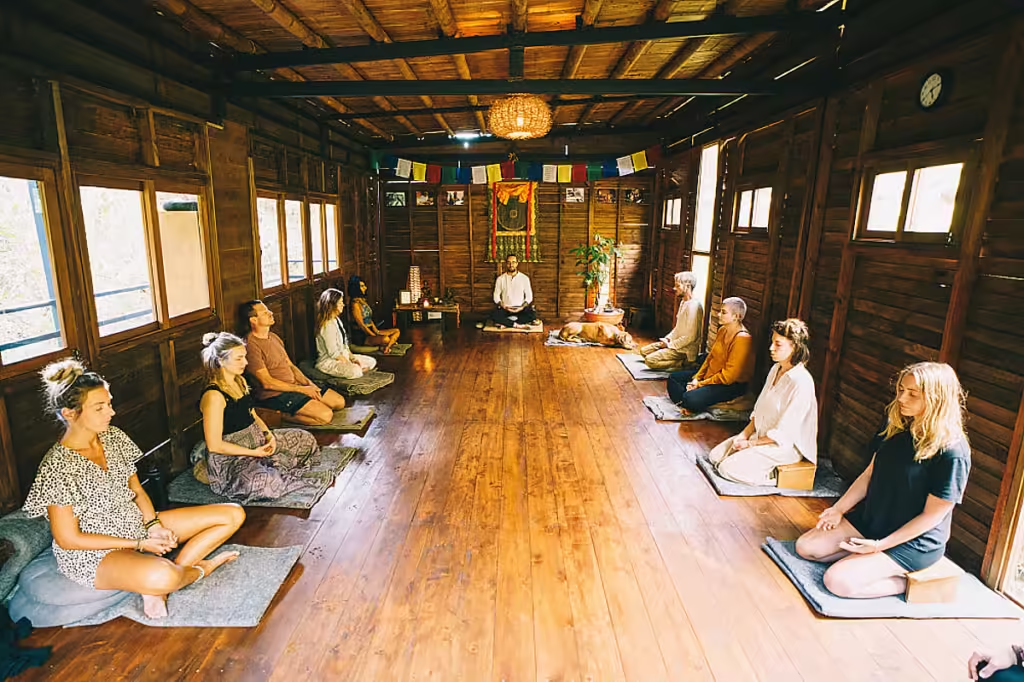
4. Noble Silence and Social Isolation
One of the most challenging aspects of the retreat is the practice of “Noble Silence”:
✔ No Communication: Participants must refrain from speaking, making eye contact, or any form of communication with fellow retreatants .
✔ Social Isolation: The lack of social interaction can intensify feelings of loneliness and exacerbate existing mental health issues, particularly for those with clinical anxiety or depression.
✔ Self-Confrontation: Without the usual social distractions, participants are forced to confront their own thoughts and emotions, which can be uncomfortable or distressing.
This enforced silence and isolation create an environment that is vastly different from most people’s daily lives, requiring significant psychological adjustment.
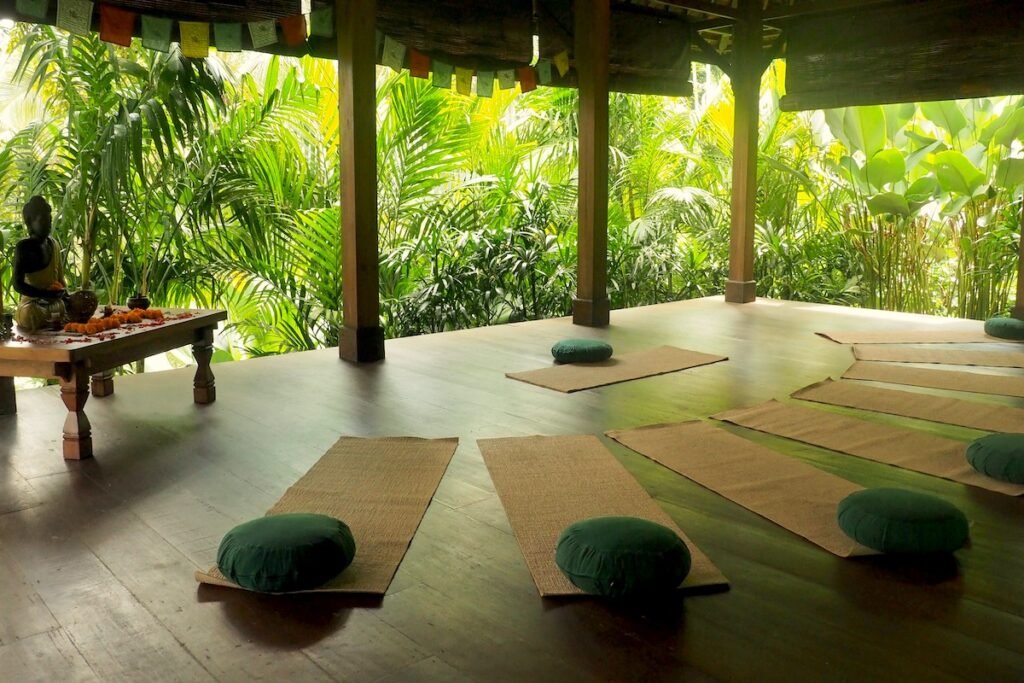
5. Strict Rules and Discipline
The retreat enforces a set of strict rules that participants must follow:
✔ Five Precepts: Abstaining from killing, stealing, sexual activity, lying, and intoxicants .
✔ Additional Restrictions: No reading, writing, physical exercises (except walking in designated areas), or any form of entertainment.
✔ Compliance with Instructions: Participants must follow the teacher’s instructions exactly, without incorporating other techniques or practices .
Adhering to these rules, which are often at odds with normal daily habits, can be mentally and emotionally challenging for many participants.
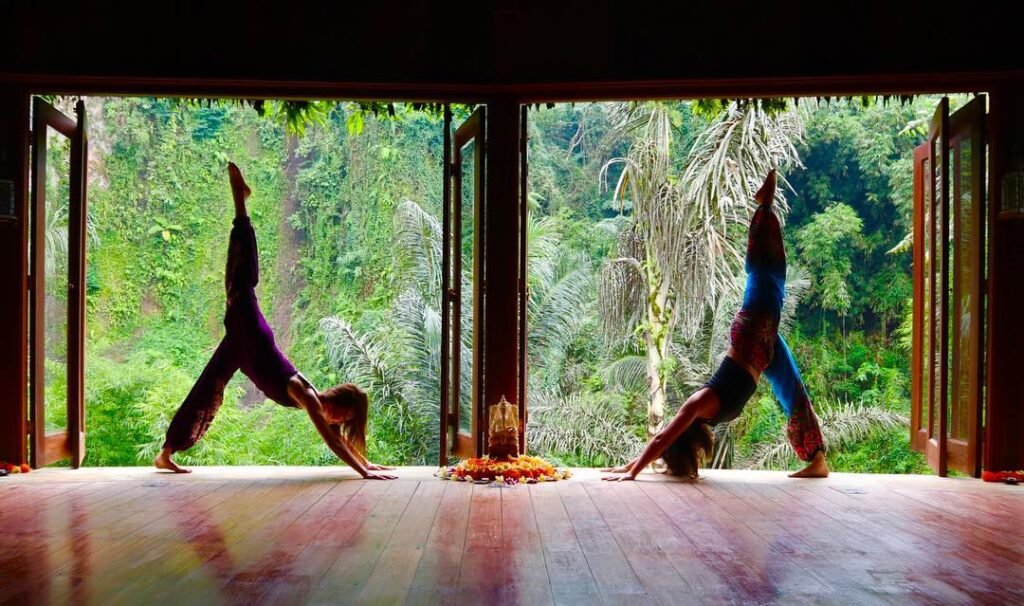
6. Intensity of the Meditation Technique
The Vipassana technique itself is demanding:
✔ Deep Self-Observation: Participants are required to observe bodily sensations and mental states without reacting, which can be mentally exhausting.
✔ Confronting Inner Realities: The practice often brings participants face-to-face with deep-seated emotions, traumas, or psychological patterns.
✔ Persistence: Maintaining focus and continuing the practice despite physical discomfort or mental resistance is a significant challenge.
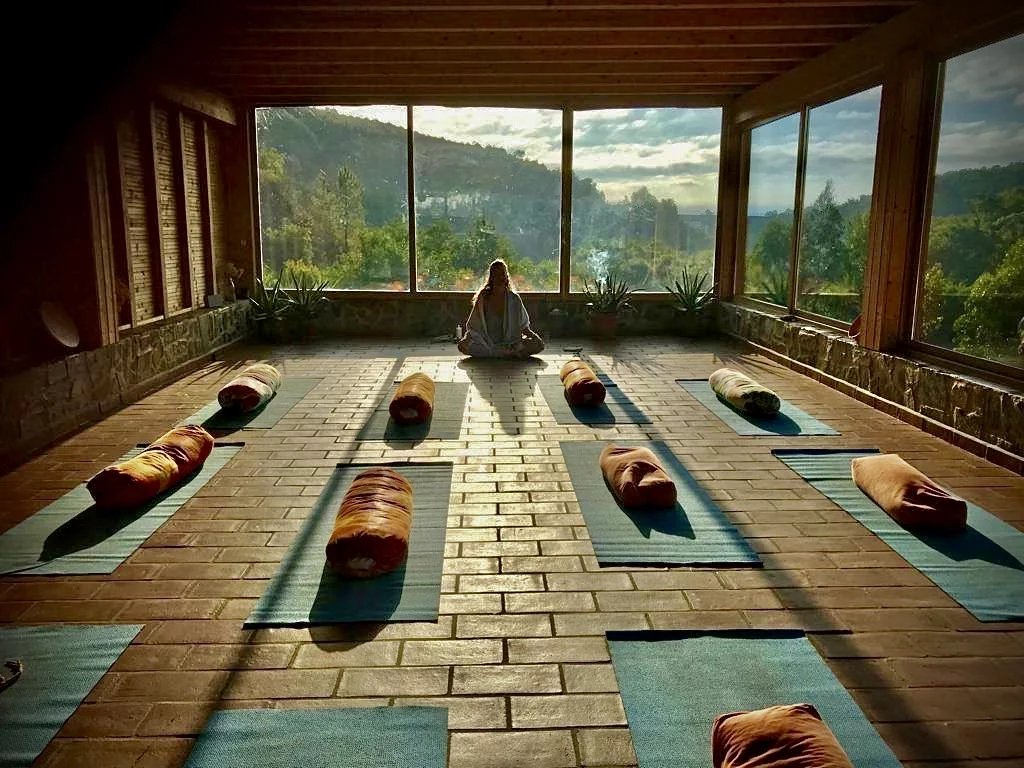
7. Contrast with Normal Life
The retreat environment presents a stark contrast to participants’ usual lifestyles:
✔ Absence of Technology: No access to phones, computers, or other digital devices that many rely on in daily life.
✔ Lack of Entertainment: No reading, music, or other forms of entertainment to distract from internal experiences.
✔ Simplified Living: Basic accommodations and minimal personal comforts.
This dramatic shift from normal routines and comforts can be disorienting and challenging for many participants.
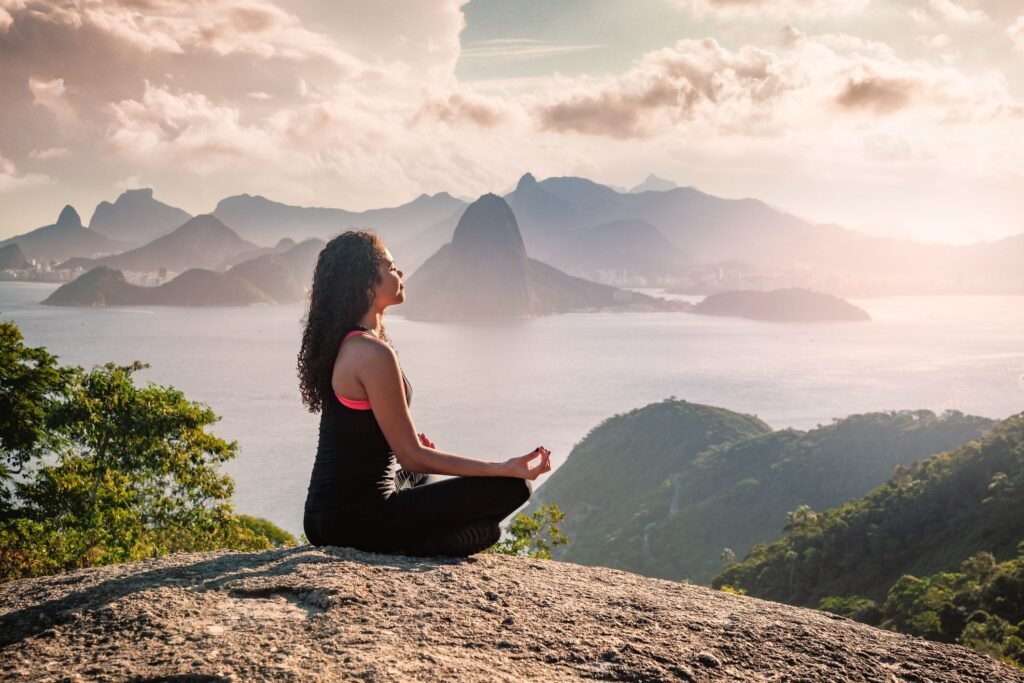
8. Transformative Nature of the Experience
While the difficulties of the retreat are numerous, it’s important to note that these challenges are often seen as integral to the transformative potential of the experience. Many participants report significant personal growth, increased self-awareness, and improved mental well-being as a result of facing and overcoming these difficu
✔ Are you ready to commit to 10 full days of silence and intensive meditation?
✔ Can you follow a strict schedule and code of discipline?
✔ Are you open to facing difficult emotions and physical discomfort as part of your growth process?
✔ Do you have any pre-existing mental health conditions that might be exacerbated by intensive introspection?
In conclusion, the 10-day Vipassana retreat is considered difficult due to its demanding schedule, physical challenges, mental and emotional intensity, social isolation, strict rules, and the profound contrast it presents to normal life. These factors combine to create an environment that pushes participants out of their comfort zones, challenging them on multiple levels.
While this difficulty is often seen as necessary for the deep personal insights and transformations that the retreat aims to facilitate, it undoubtedly makes the experience a significant challenge for most participants.
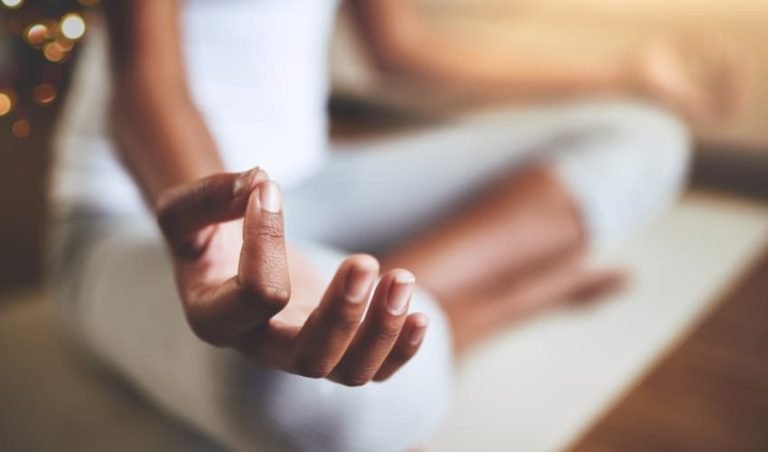
Conclusion: Is a Vipassana Retreat Right for You?
A 10-day Vipassana retreat is undoubtedly a challenging experience, but for many, it’s also profoundly transformative. If you’re considering undertaking this journey, here are some points to consider:
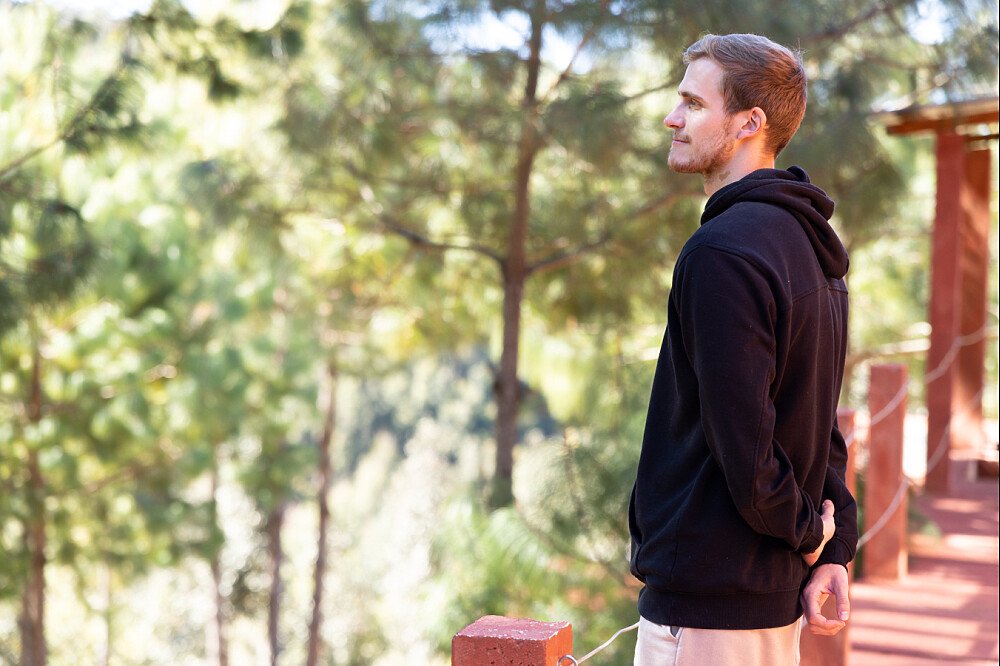
If you decide to take the plunge, approach the experience with an open mind and a willingness to work hard. Remember, as S.N. Goenka often said, “Work diligently. Diligently. Work patiently and persistently. And you are bound to be successful. Bound to be successful.
“Whether you’re a seasoned meditator or a curious newcomer, a Vipassana retreat offers a unique opportunity for deep self-exploration and personal growth. It’s a challenging journey, but one that has the potential to bring about lasting positive change in your life. As you continue your wellness journey, remember that the path to inner peace and self-transformation is ongoing.
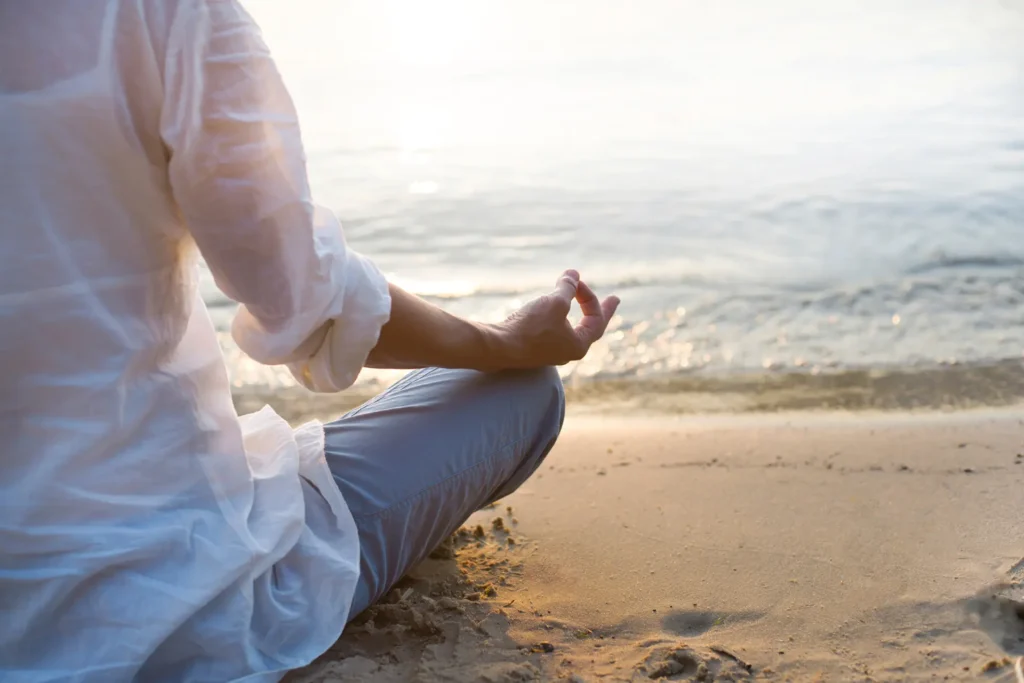
A Vipassana retreat is not an end in itself, but rather a powerful tool for cultivating awareness and equanimity in the face of life’s inevitable ups and downs. May your journey be fruitful, and may you find the peace and clarity you seek.
